Curated Selection: Yewande YoYo Odunubi
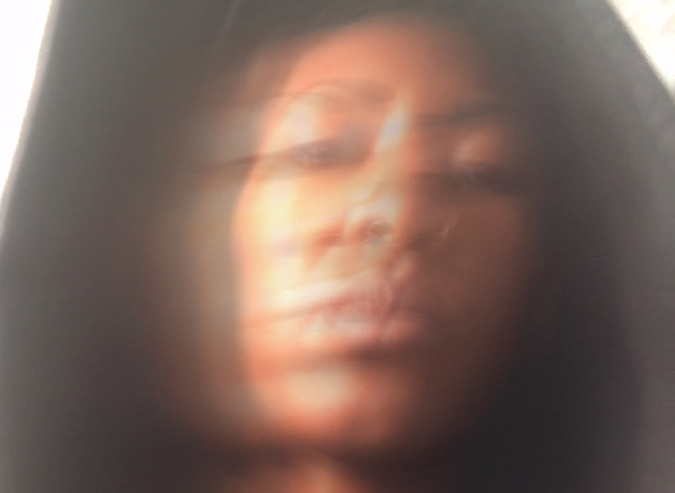

Blue Skies: Jamila Johnson-Small & Giorgia Ohanesian Nardin - Some kind of magnetism
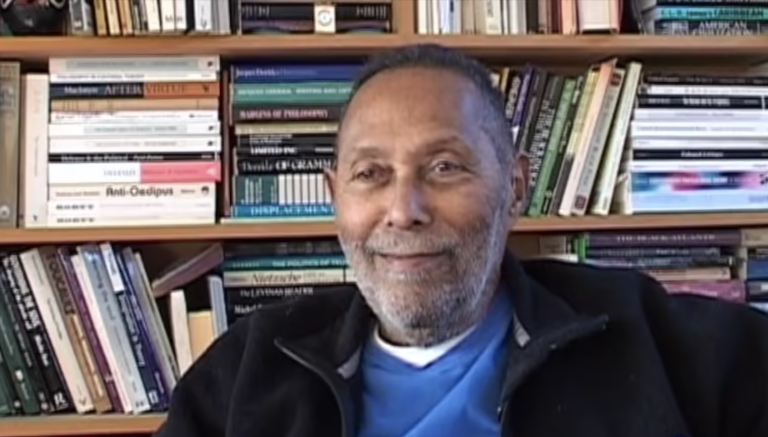

Stuart Hall Keynote Lecture - Black Diaspora Visual Art Symposium
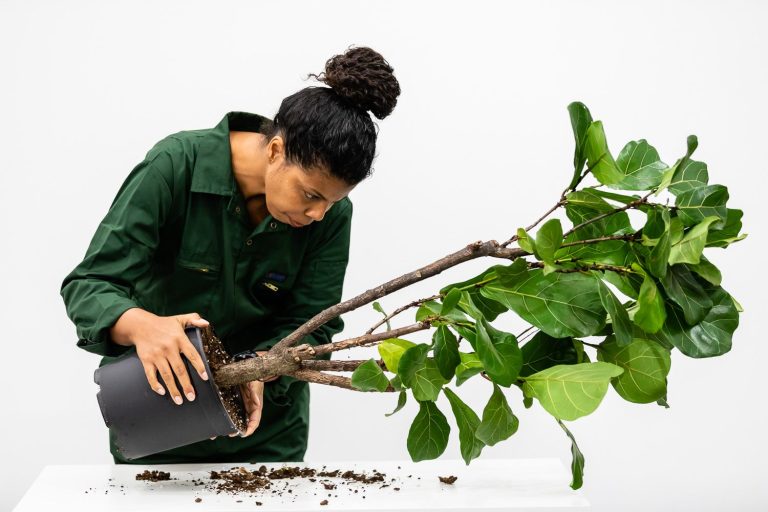
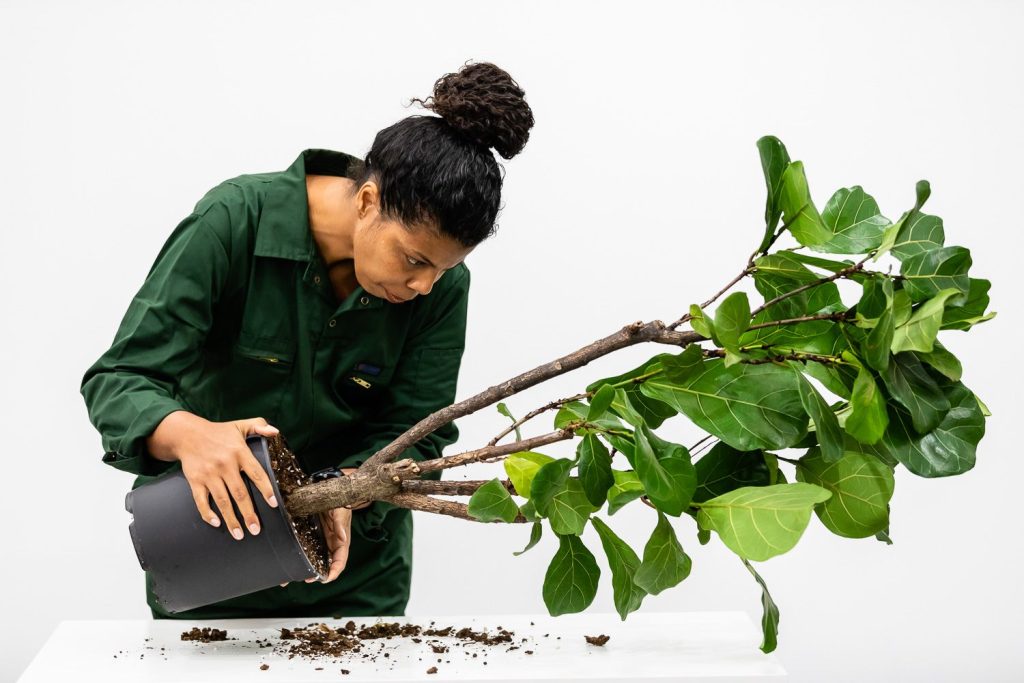
Sensational Bodies - An interview with Rubiane Maia


Okwui Enwezor Keynote Lecture - Topographies of Critical Practice: Exhibition as Place and...
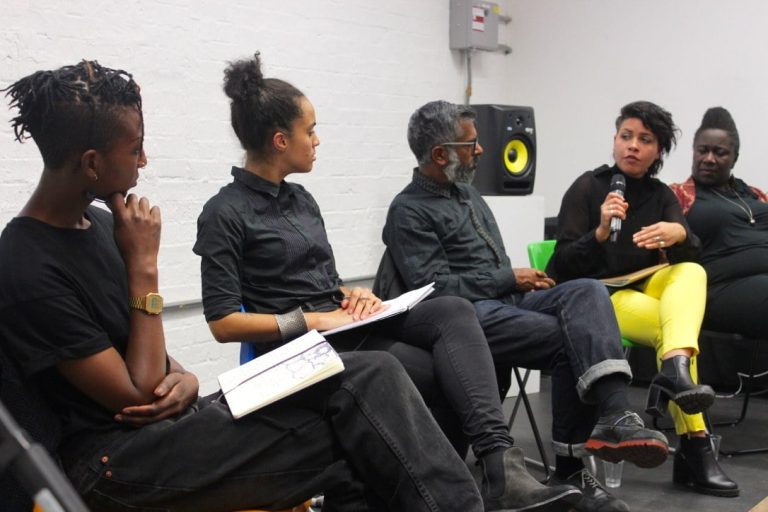
FANON Now - On The Legacy Of Mirage Enigmas Of Race, Difference & Desire
ICF’s Diasporic Animateur Curatorial Fellow 2021-2 Yewande YoYo Odunubi has curated a selection of material from the ICF Archive which was significant for the development of her research during the fellowship.
Her selection includes keynote lectures by Stuart Hall and Okwui Enwezor, a conversation from our Blue Skies series between Jamila Johnson-Small & Giorgia Ohanesian Nardin, a 2015 recording of the symposium Fanon Now, and an interview with artist Rubiane Maia. Explore all of these materials and Yewande’s reflections on her engagements with the ICF archive on our website now.
Blue Skies: Jamila Johnson-Small & Giorgia Ohanesian Nardin – Some kind of magnetism
“I think how we are being with words has a lot to do with moving through hostile architectures (language is one of them) and I wonder, with you, if again we are busy with the thing (untangling language) that brings us away from “the point.” I also wonder what point we are talking about, and maybe there are many points and sometimes we are far from them, sometimes we hit them randomly or maybe we’re so in the point that we think we’re not?” – Giorgia Ohanesian Nardin
Words have often felt like the thing that holds us, carrying personal and shared experiences, histories, memories and feelings to what constructs them to be defined and understood in particular ways, but what can it mean to reshape that grasp? What is in that process of reshaping?
This conversation between Jamila Johnson-Small and Giorgia Ohanesian Nardin grapples with making sense of words, what specific terms do or don’t signify, and how words are carried, practised and misused. Packed with so many intriguing examples and nuanced directions, Jamila and Giorgia’s exchange resonated with my own journey of unpacking, discovering and repackaging words and their relations. Like them, I was asking how you talk about a thing—in my case, ‘body,’ ‘imagination’, ‘movement,’ ‘identity,’ ‘diaspora,’ ‘b/Black,’ and ‘dreams’ —which is beyond and at the same time within the understanding of the thing itself. Throughout my ICF fellowship, I wondered how I make sense of the ideas, work and the world when grappling to make sense of the words we’re using to describe them.
These questions and musings, held in Jamila and Giorgia’s exchange and my reflections on their exchange, speak to this complex dance and entanglement with words, meaning and an unfurling journey to voice.
Stuart Hall Keynote Lecture – Black Diaspora Visual Art Symposium (2009)
This keynote lecture by Stuart Hall, speaking on the three ‘moments’ in the post-war b/Black visual arts in the UK, was a key piece of reading for me during my fellowship and one of the materials in the ICF archives I kept referring back to and still do now! Honestly, I had read only a little of Stuart’s work directly before this. Initially curious about what he had to share as well as interested in the landscape of b/Black visual arts in the UK covering that period, I was transfixed by his particular point about identity:
“…because the body after all is what we think of as the container of identity, actually of course, it isn’t at all, but we think these are the limits of my identity that coincide with my body, but we know the body’s also where a lot of racial discourse interacts, intersects. Racism is preoccupied with the body, preoccupied with what the body looks like. Stereotypes and caricatures are riveted by displaying the Black body in a sort of anthropological way.” – Stuart Hall
Making this connection between the visual and physical form of the body and a shared understanding of identity encouraged a new focus of my research in the ICF’s archive. It gave me some language to begin articulating what I was trying to explore in my practice and where the exploration intersected with ICF’s work. This somewhat simple explanation of disconnecting the notion of fixed identity from the physical and visual form of the body felt like an opening to explore other ways we can understand the body to our sense of being and becoming in this world.
Sensational Bodies – An interview with Rubiane Maia

“I think the issue of the translation has to do with exactly this: a playful game of proximity and distance between the two of us; between us and the plant; between your voice and the audience. I think it is essential to make visible the trace of my being as a foreigner who comes from a Latin American country. Inevitably this is a performance charged of many questions about language, but I believe that the strength of the work stands on the aperture toward other modes of understanding and different forms of listening.” – Rubiane Maia
Reading this exchange between Rubiane Maia and Adelaide Bannerman, I was struck by Rubiane’s reflections on her process of making her performance piece ‘This voice cuts me off, removing my feet from their place.’ I found these reflections around ‘proximity and distance’ when talking about translation and language fascinating and felt some connections to Jamila and Giorgia’s Blue Skies conversation.
Also, coming back to this exchange for this curated list, I’m only now realising how much of Rubiane’s processing, her practice of writing and re-engaging with her words in her piece stuck with me. That practice unconsciously entered my journey of making for Calling the Body to attention, particularly for the hybrid performance and audio-visual work ‘What I hide by my language my body utters’.
Okwui Enwezor Keynote Lecture – Topographies of Critical Practice: Exhibition as Place and Site (2009)
“Again, I’ve offered this example as a way to prompt us towards reflecting on more rigorous ways to think about exhibitions of contemporary art, as not just spaces to apprehend the latest preoccupations of artists, most specifically, African or diasporic African artists, but as real theoretical spaces, to reflect the changing strategies of artists and the institutions in which they become embedded.” – Okwui Enwezor
Coming into Okwui Enwezor’s keynote, I was interested in Okwui’s description and conceptualisation of the exhibition space and exhibition-making practice.
The word “site” has become an important term for me in my practice. Sometimes used in exchange for the word “space” and more recently used to describe or re-contextualise the body. Particularly in wanting to move away from terms like “container”, a word which has often felt like whatever was being held was more important than the thing doing the holding. I believe that the body isn’t something that just contains or holds our minds, identity or what makes us, us. It’s a space, a location, a network, a site where various complex relations, processes and connections occur, and the body is an active part of communicating and creating those processes.
What can moving beyond the notion of the exhibition space as a container, a platform open up? Reflecting on the idea of the exhibition space, as Okwui describes as a ‘theoretical space’, I’m interested in how the exhibition can function as a physical site to theorise, rehearse and converse as well as be a dynamic framework and location in which to engage with different modes of communicating ideas.
Fanon Now Symposium (2015)
“This thing of talking, I am a dancer I find talking very difficult I find talking also difficult because… it’s difficult to not let it be singular, and in a performance context I find it easier to address or to acknowledge the multiplicity of all moments of time, of being, of thoughts…I think I try to answer questions or find answers for questions or continuations of conversations in work, through work, with work, making work, presenting work and in that sense, I think I’m understanding more of a collegiate atmosphere that’s contemporary at the moment.” – Jamila Johnson-Small
What is my context? What have been and what are the current contexts of making work? Who am I walking alongside in this work, and where are they? All of these questions, though not explicitly mentioned, give examples of some of what this symposium brings into question. I was particularly intrigued by the above contribution from Jamila Johnson-Small, which encapsulates how the mediums of movement, dance and performance can be an active and expansive space to collaborate, communicate and work through ideas. It is a space that can speak to and share our complex engagements within ourselves and the world around us.